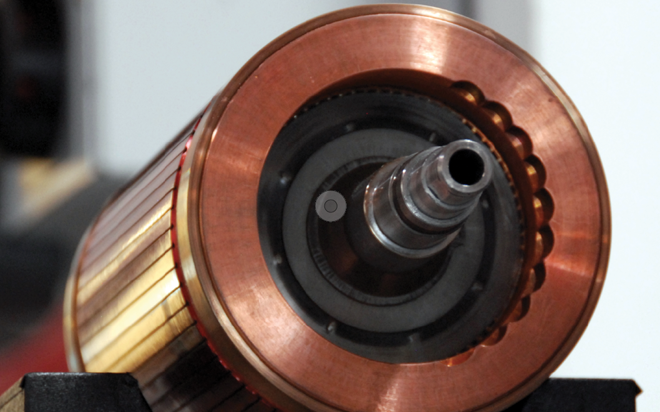Make it closer to 2 hours in between stops then. Or throw in some cold weather. Or wind. Or snow. Or elevation. Or rain. Or...
I still don't think the general public wants to be forced stop every 2 hours for 20+ minutes. Spending 20% of your travel time budget charging is too much, IMO.
Thus my point is: faster recharge time is indeed a worthy goal. But it doesn't replace the need to also pursue larger batteries, for a variety of reasons. And this is even with your fantasy 5-10 minutes superchargers, which don't exist.. especially ones that would charge to 100% in that time.
People currently are touting the "we don't need bigger batteries, just more superchargers" idea, and that's with today's tech that requires 40 mins to get to 80% charge, which makes that travel-to-charge equation in the above-outlined scenarios much worse.
I still don't think the general public wants to be forced stop every 2 hours for 20+ minutes. Spending 20% of your travel time budget charging is too much, IMO.
Thus my point is: faster recharge time is indeed a worthy goal. But it doesn't replace the need to also pursue larger batteries, for a variety of reasons. And this is even with your fantasy 5-10 minutes superchargers, which don't exist.. especially ones that would charge to 100% in that time.
People currently are touting the "we don't need bigger batteries, just more superchargers" idea, and that's with today's tech that requires 40 mins to get to 80% charge, which makes that travel-to-charge equation in the above-outlined scenarios much worse.
Last edited:



